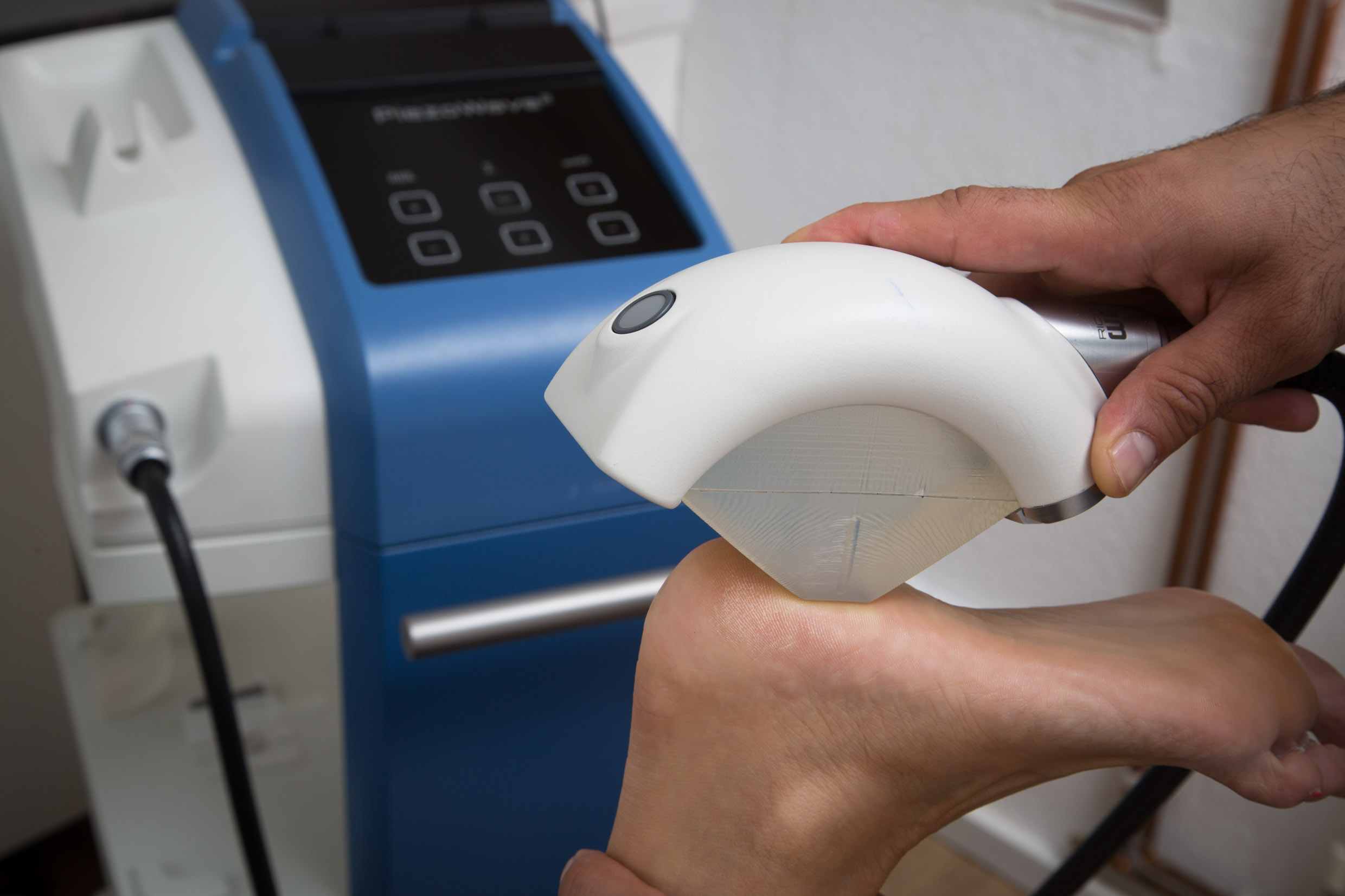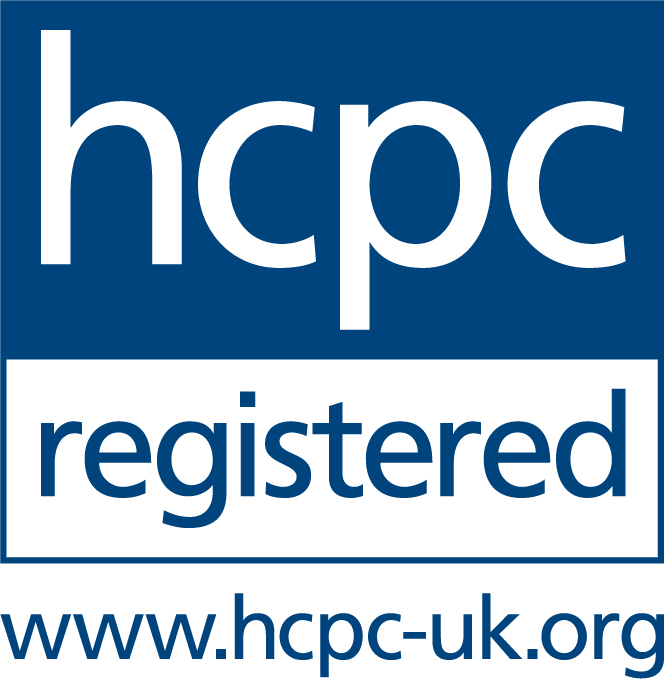- Crushes Blog
- Testimonials
- Contact & Price List
- To schedule an appointment: 01277 375955
- 501, Ongar Rd, Pilgrims Hatch, Brentwood, Essex, CM15 9JP [See Map]
- E: crushesmanorclinic@gmail.com

Shockwave Therapy
4th August 2021
At Crushes Manor Clinic, we offer shockwave therapy to help reduce pain in certain musculoskeletal conditions.
Shockwave therapy was discovered by chance when it was used to treat other lesions. Since then, it has been used to treat conditions affecting various areas of the musculoskeletal system.
The National Institute for Health and Care Excellence (NICE), whose role is to improve outcomes for people using the NHS and other public health services, recommends the use of shockwave therapy for certain musculoskeletal conditions

Types of shockwave and mechanism of action
Shockwave therapy utilises sound waves to penetrate the skin and reach the affected site where it causes changes around and within cells to bring about a healing response.
There are two different ways shockwave therapy can be delivered into the body for musculoskeletal issues. The first is by using a radial pressure wave device, which delivers a shockwave onto the skin, after which the wave propagates outwards and reaches the target tissue. This may cause some of the energy to be lost as the wave reaches deeper tissue.
The other is via a focussed shockwave device. With a focussed machine, the energy is delivered at a particular depth which helps target the tissue more precisely.
At Crushes Manor, we use focussed shockwave and if required, combine it with an ultrasound scan to find out the exact depth at which the possible pathology lies. We can then target that specific depth, which has the likelihood of improving therapeutic success.
Alongside shockwave therapy, we employ tried and tested rehabilitation treatments to ensure we offer the best possible chance of improving the condition.
Conditions Treated
Some of the musculoskeletal conditions that can benefit from shockwave therapy are:
- Tennis elbow
- Golfer’s elbow
- Trochanteric bursitis/gluteal tendinopathy (pain on the outside of the hip)
- Plantar fasciopathy (pain under the heel)
- Achilles tendinopathy
- Rotator cuff tendinopathy of the shoulder
- Calcific rotator cuff tendinopathy (where plaques of calcium get deposited in the rotator cuff tendon)

Treatment Duration
Typically, 3-6 treatments are performed, preferably at a frequency of one session a week. In some cases, improvements may be noted quite soon but will need to be maintained with a rehabilitation programme.
If you would like more information regarding shockwave therapy, or feel you have a condition that may benefit from this modality, please contact us for an in-depth discussion.
